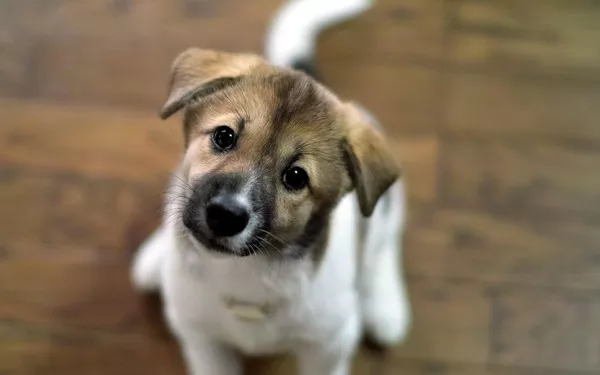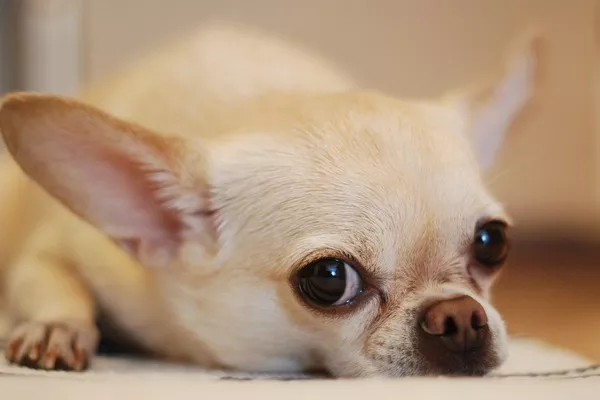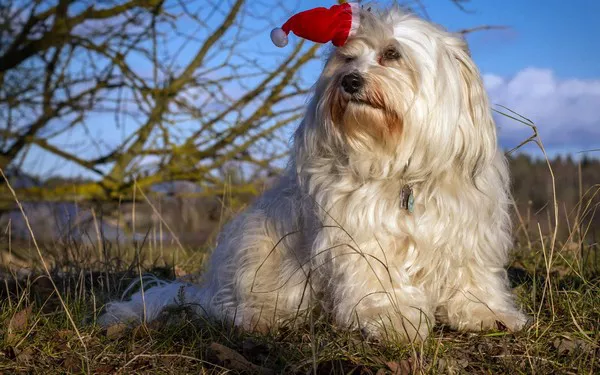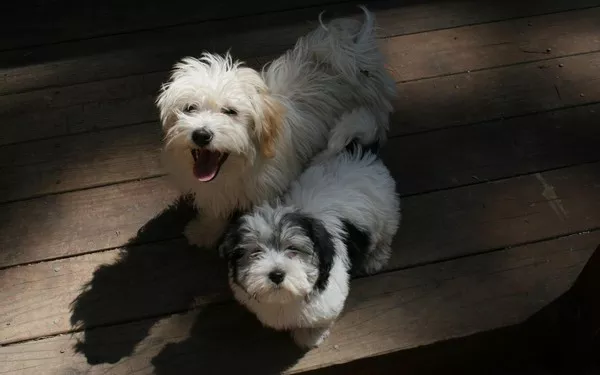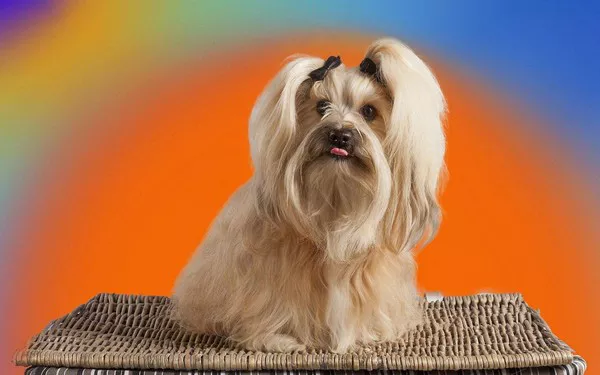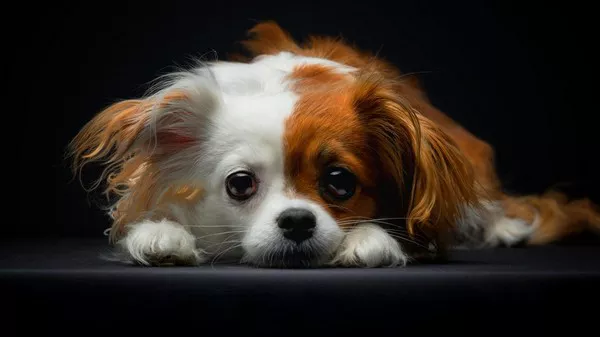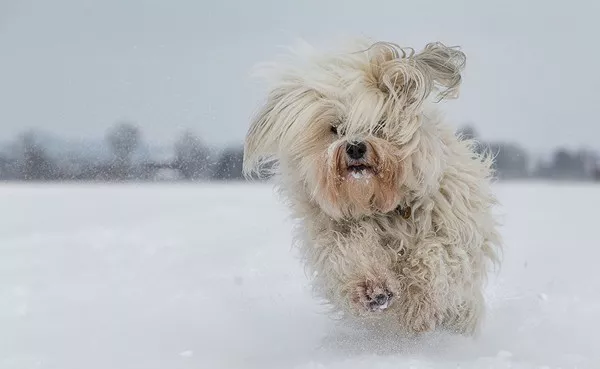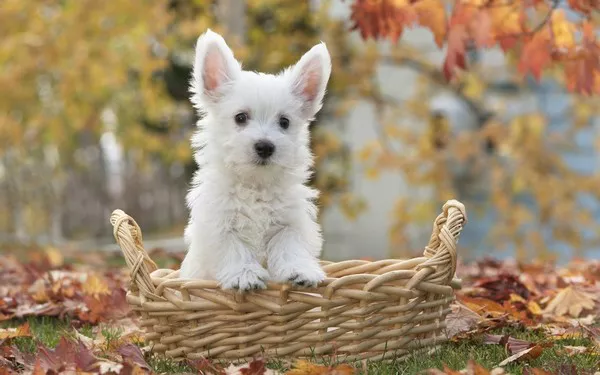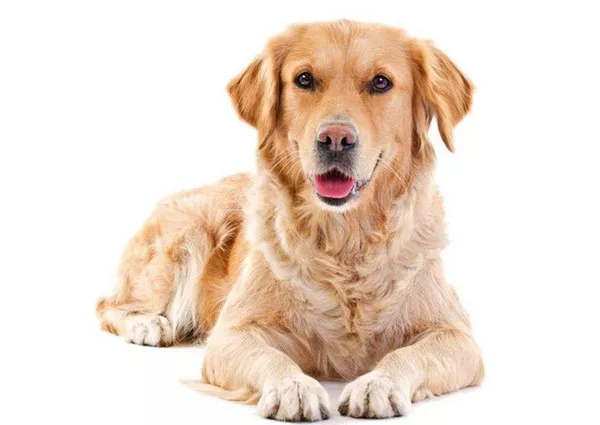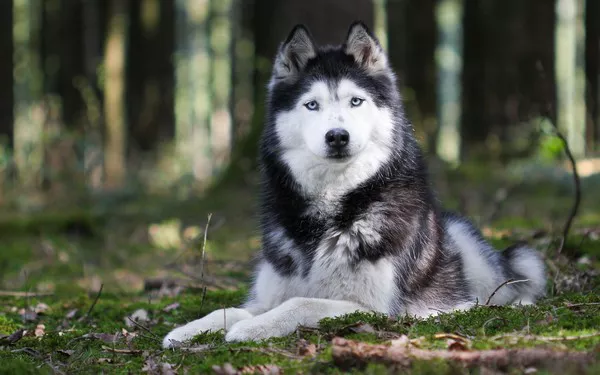Schnauzers are a distinctive breed with a rich history and a multifaceted background. Known for their unique appearance, including their signature beard and eyebrows, Schnauzers come in three size varieties: Miniature, Standard, and Giant. Each variety was bred with specific purposes in mind, reflecting their diverse roles and the needs of their original owners. This article explores the historical context, purposes, and evolution of Schnauzers, shedding light on why Schnauzers were bred and how their roles have changed over time.
Historical Background
Origins of the Schnauzer Breed
The Schnauzer’s origins trace back to Germany, where they were initially developed as versatile working dogs. The breed’s history is closely intertwined with that of German agriculture and rural life. Schnauzers were bred to fulfill various roles on farms and in local communities, showcasing their adaptability and usefulness.
Early Ancestors: The ancestors of the Schnauzer were likely medium-sized farm dogs used for various tasks. These early dogs were valued for their intelligence, stamina, and versatility. Over time, they were selectively bred to enhance specific traits that suited the needs of their owners.
Development and Standardization: By the late 19th and early 20th centuries, the Schnauzer breed began to be standardized. The breed was formally recognized by kennel clubs, and its characteristics were refined to align with the breed standards we recognize today. This period marked the formalization of the Schnauzer into the three distinct size varieties: Miniature, Standard, and Giant.
Purposes of Schnauzer Breeding
The Standard Schnauzer
The Standard Schnauzer is considered the original size of the breed and served multiple functions in historical Germany.
Ratting and Vermin Control: One of the primary roles of the Standard Schnauzer was to control vermin populations on farms and in urban areas. Their keen hunting instincts and tenacity made them excellent at catching rats, mice, and other pests.
Guarding: Standard Schnauzers were also valued for their guarding abilities. Their alertness, loyalty, and natural protective instincts made them effective at guarding homes, properties, and livestock. They were often used as watchdogs to deter thieves and other intruders.
Carting and Draft Work: In addition to their vermin control and guarding duties, Standard Schnauzers were used in carting and draft work. They helped pull small carts or deliver goods, showcasing their strength and versatility in various working roles.
The Miniature Schnauzer
The Miniature Schnauzer, a smaller version of the Standard Schnauzer, was bred to fulfill similar roles but on a smaller scale.
Companion Animal: As the Miniature Schnauzer gained popularity, its role began to shift more towards being a companion animal. Despite their small size, they retained the characteristics of their larger relatives, such as intelligence, loyalty, and alertness.
Ratting: Miniature Schnauzers were still used for vermin control, particularly in urban settings where their smaller size made them more suited for indoor environments. They excelled at keeping homes and businesses free of pests.
Show and Companion: Over time, the Miniature Schnauzer’s role evolved to include being a show dog and a companion animal. Their distinctive appearance, with their bushy beard and eyebrows, made them popular in dog shows and as family pets.
The Giant Schnauzer
The Giant Schnauzer, the largest of the three Schnauzer varieties, was bred for more demanding and specialized roles.
Guarding and Protection: The Giant Schnauzer was developed as a formidable guard dog. Their size, strength, and protective instincts made them ideal for guarding properties, livestock, and even people. They were used in various security roles, including as police and military dogs.
Draft Work and Carting: Like the Standard Schnauzer, Giant Schnauzers were also employed in draft work. Their substantial size and strength allowed them to pull heavier loads and perform demanding tasks, such as carting goods or assisting with farm work.
Versatility: The Giant Schnauzer’s versatility extended to various roles, including as a working dog in different environments. Their intelligence, strength, and adaptability made them suitable for a range of tasks beyond guarding and carting.
Evolution and Modern Roles
Changing Roles in Modern Times
As society has evolved, so have the roles of Schnauzers. While they continue to fulfill traditional roles, their functions have adapted to modern lifestyles.
See Also: Are Schnauzers Hyper?
Companion Animals: Today, Schnauzers, particularly the Miniature variety, are primarily kept as companion animals. Their friendly, alert, and loyal nature makes them excellent family pets. They are known for their playful personalities and suitability for both urban and rural living.
Show Dogs: Schnauzers of all sizes are popular in dog shows due to their distinctive appearance and well-defined breed standards. Their striking looks and grooming requirements make them stand out in the show ring.
Working Roles: Although less common, Schnauzers still perform various working roles. Giant Schnauzers are sometimes used in security and police work due to their protective instincts and trainability. Standard Schnauzers may still be used for vermin control in some settings.
Health and Welfare Considerations
With the changing roles of Schnauzers, attention has shifted towards their health and welfare. Ensuring that Schnauzers are healthy and well-cared-for is essential for maintaining their quality of life.
Breed-Specific Health Issues: Schnauzers are prone to certain health issues, such as skin conditions, eye problems, and specific genetic disorders. Regular veterinary care, a balanced diet, and responsible breeding practices are crucial for managing these issues.
Grooming Needs: Schnauzers require regular grooming to maintain their distinctive appearance and prevent issues like matting and skin infections. Proper grooming is an essential aspect of their care.
Exercise and Mental Stimulation: Schnauzers, particularly the Standard and Giant varieties, require regular exercise and mental stimulation to stay healthy and happy. Engaging in physical activity and providing mental enrichment helps prevent behavioral issues and promotes overall well-being.
The Legacy of Schnauzers
Cultural Impact
Schnauzers have left a lasting impact on various cultures due to their historical roles and distinctive appearance.
Popular Culture: Schnauzers have appeared in popular culture, including films, books, and advertisements. Their unique look and personality have made them memorable and recognizable.
Symbol of Versatility: The Schnauzer’s versatility as a working dog, companion animal, and show dog reflects its adaptability and enduring appeal. Their ability to fulfill various roles showcases the breed’s value and importance.
Conclusion
Schnauzers were bred for a variety of purposes, reflecting their versatility and adaptability. From their origins as farm and working dogs in Germany to their roles as companion animals and show dogs today, Schnauzers have proven to be valuable and enduring members of the canine world. Understanding the historical context and purposes behind their breeding helps appreciate the breed’s unique qualities and contributions.
Whether as vigilant guardians, skilled vermin hunters, or beloved family pets, Schnauzers continue to embody the traits for which they were originally bred. By recognizing and preserving their heritage, we ensure that Schnauzers remain a cherished and valued breed for generations to come.
Related Topics:

